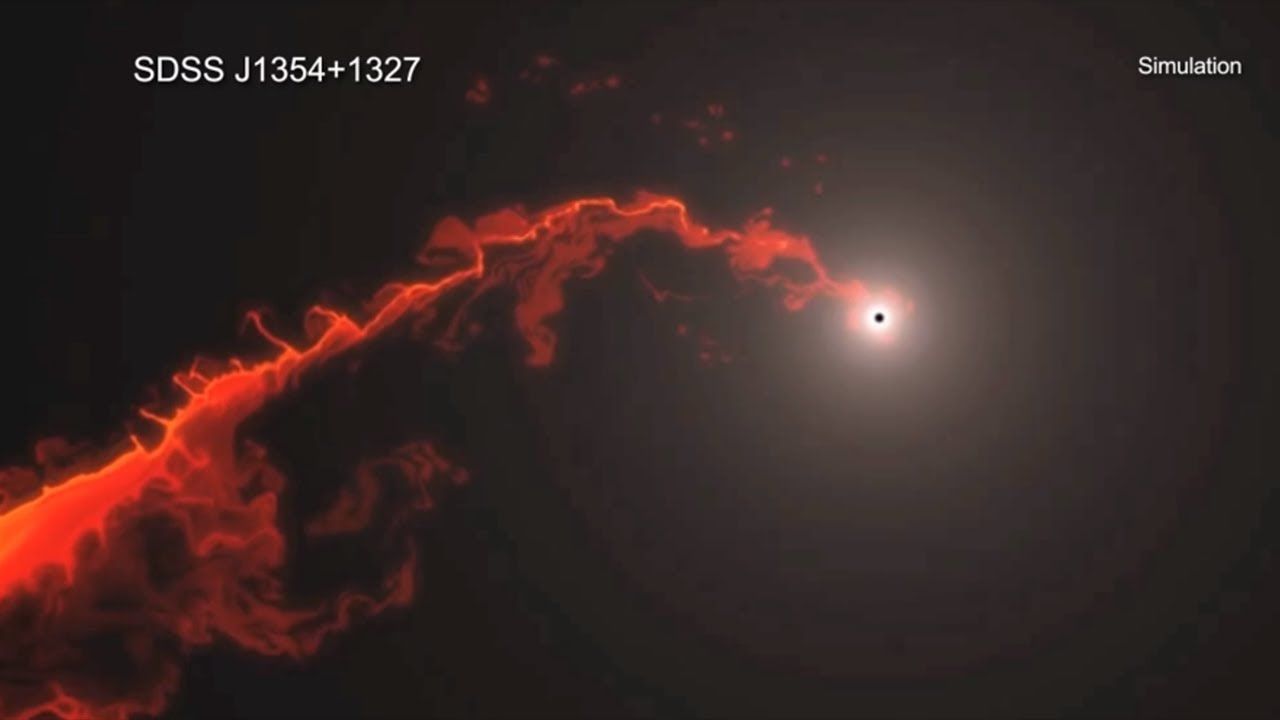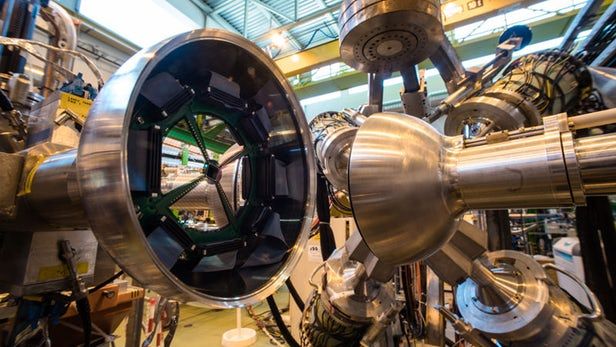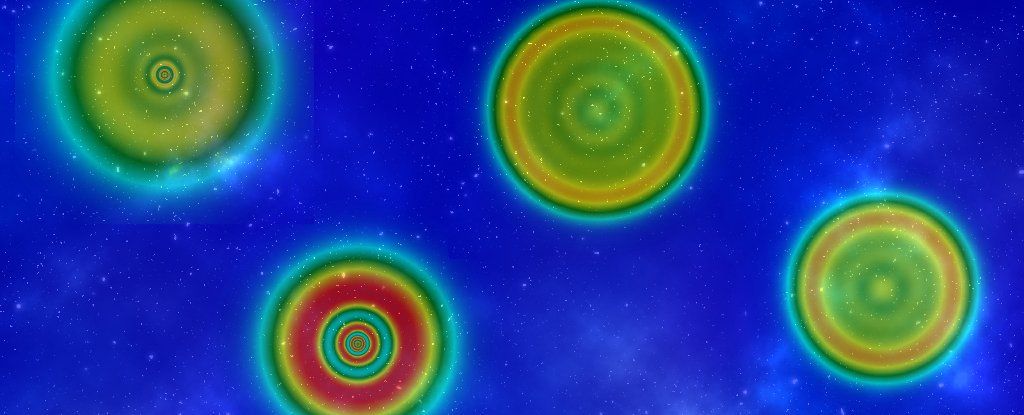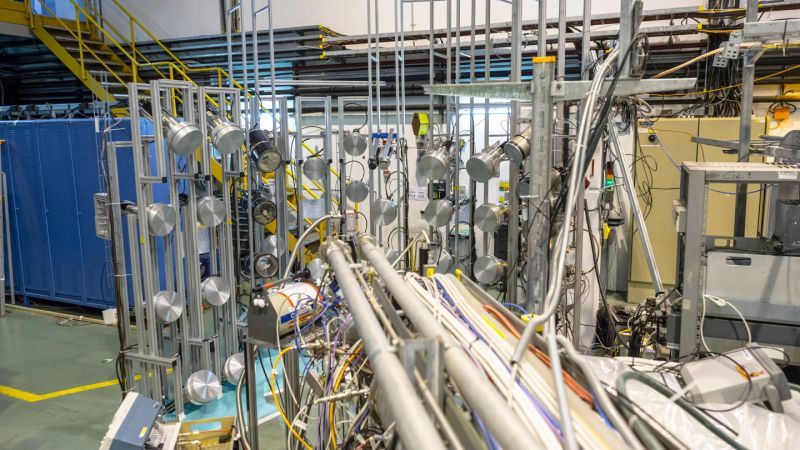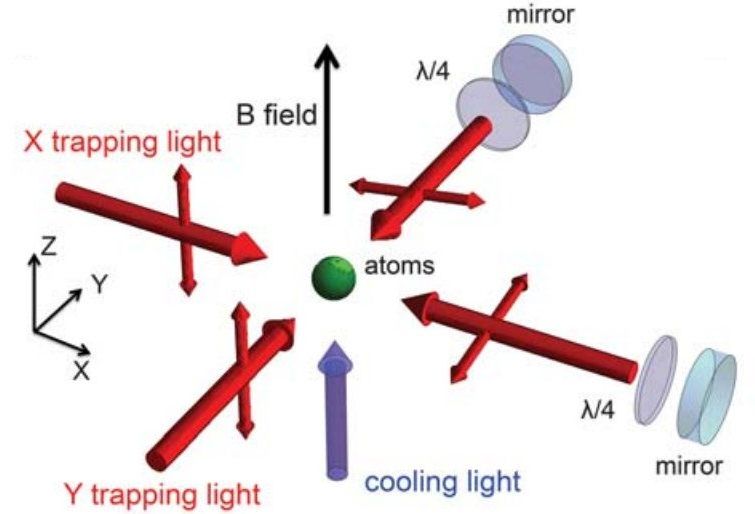Feb 23, 2018
For The First Time Ever, Astronomers Have Observed a Black Hole Ejecting Matter Twice
Posted by Shailesh Prasad in categories: cosmology, particle physics
Black holes don’t just sit there munching away constantly on the space around them. Eventually they run out of nearby matter and go quiet, lying in wait until a stray bit of gas passes by.
Then a black hole devours again, belching out a giant jet of particles. And now scientists have captured one doing so not once, but twice — the first time this has been observed.
